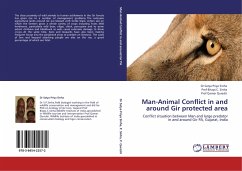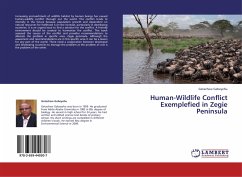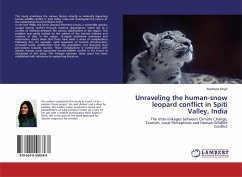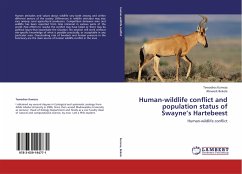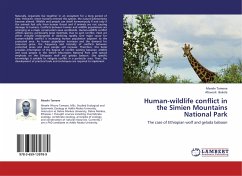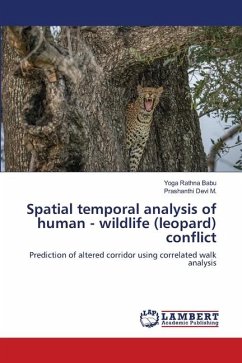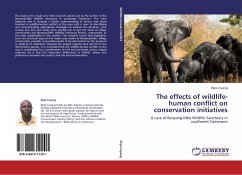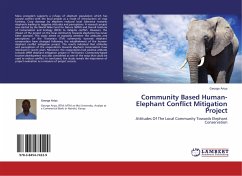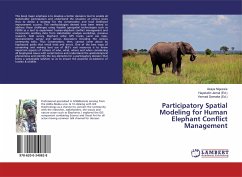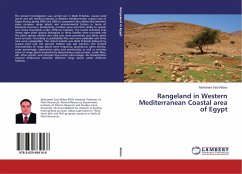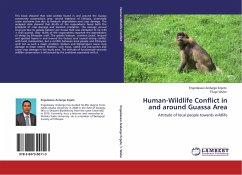
Human-Wildlife Conflict in and around Guassa Area
Attitude of local people towards wildlife
Versandkostenfrei!
Versandfertig in 6-10 Tagen
39,99 €
inkl. MwSt.

PAYBACK Punkte
20 °P sammeln!
This book showed that wild animals found in and around the Guassa community conservation area, central highland of Ethiopia, potentially cause economic loss due to livestock depredation and crop damage. The analysed data showed that 44.4% of the respondents faced both the problems of crop damage and livestock predation. The average annual crop loss due to gelada baboon per house hold was estimated to be 0.63 ± 0.05 quintal. Only 16.8% of the respondents reported the depredation of sheep by Ethiopian wolf. The gelada baboon, common jackal, leopard and spotted hyena in and around the Guassa are...
This book showed that wild animals found in and around the Guassa community conservation area, central highland of Ethiopia, potentially cause economic loss due to livestock depredation and crop damage. The analysed data showed that 44.4% of the respondents faced both the problems of crop damage and livestock predation. The average annual crop loss due to gelada baboon per house hold was estimated to be 0.63 ± 0.05 quintal. Only 16.8% of the respondents reported the depredation of sheep by Ethiopian wolf. The gelada baboon, common jackal, leopard and spotted hyena in and around the Guassa area caused strong conflict with local communities, but a conflict between local people and Ethiopian wolf not as such a major problem. Duikers and klipspringers cause crop damage to lesser extent. Rodents, rock hyrax, rabbit and porcupines also cause crop damage in the study area. The attitude of local people towards wildlife conservation is influenced by the problems associated with it.



